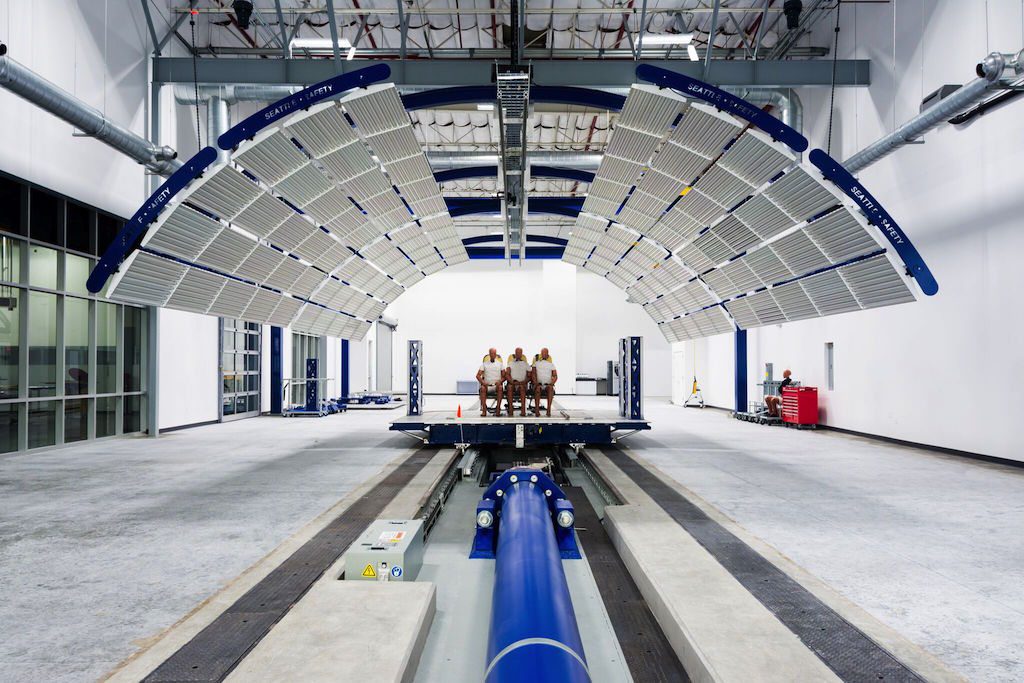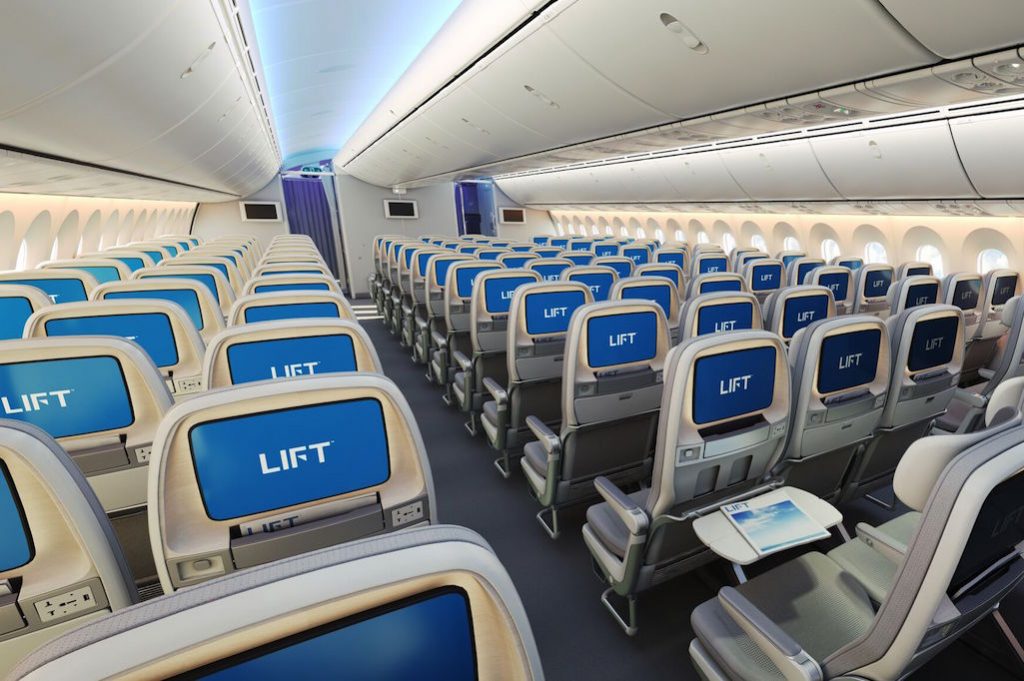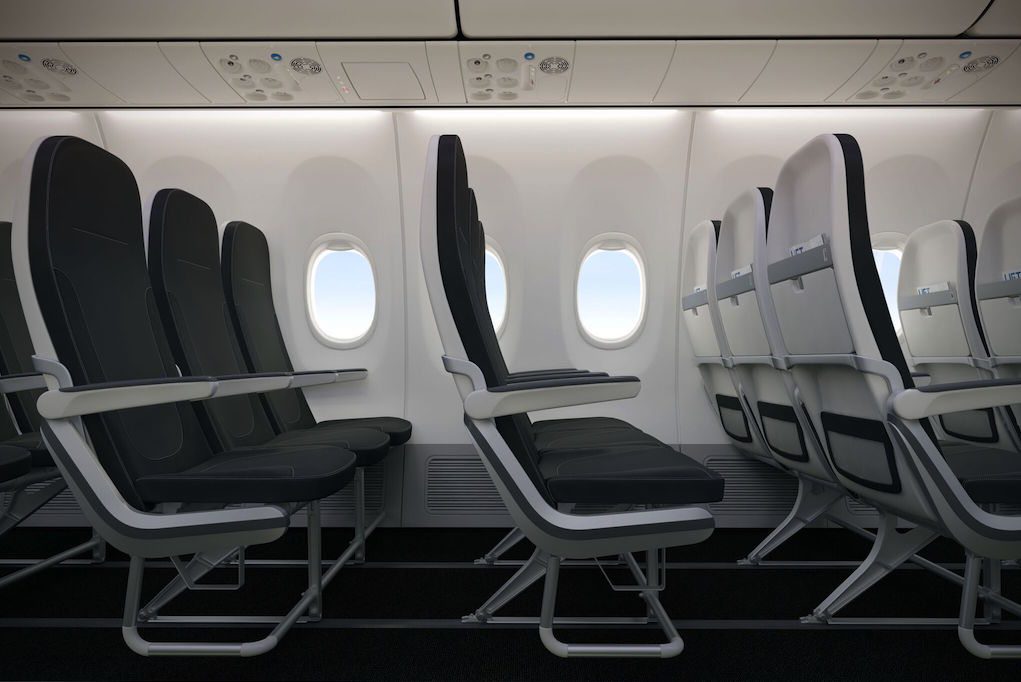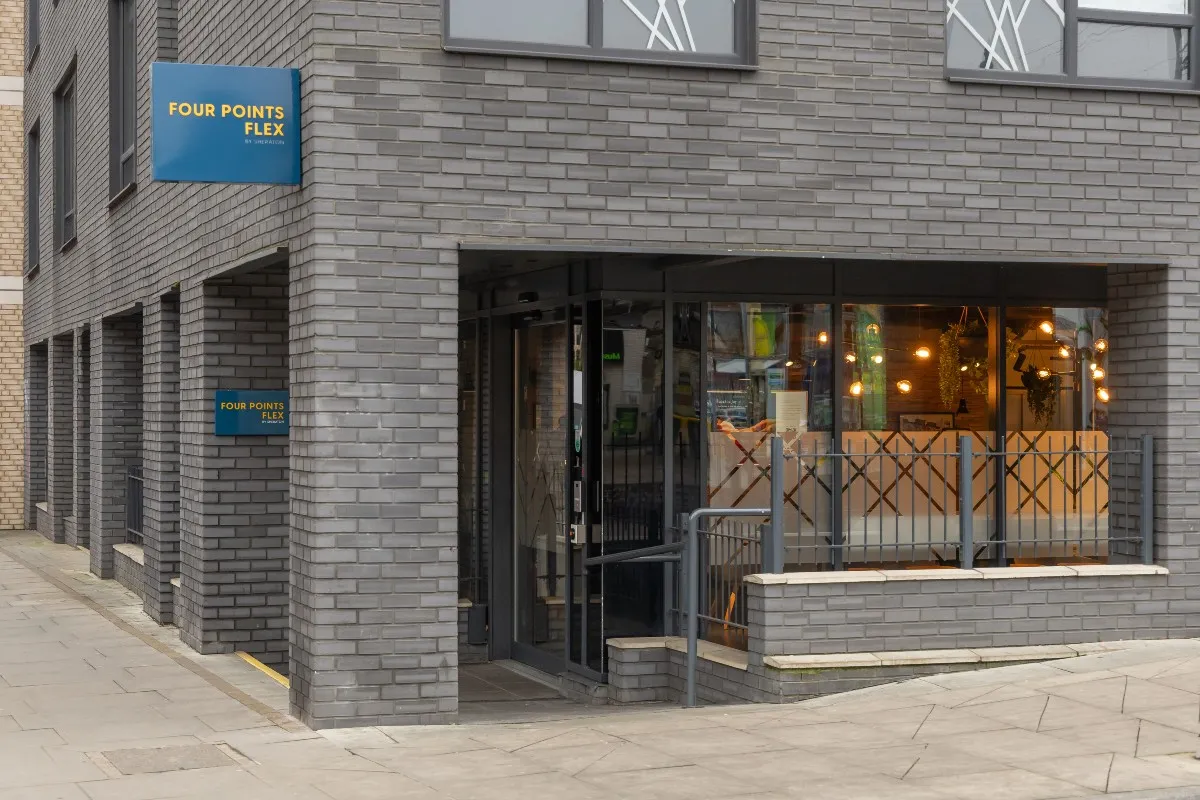Designing an Airline Seat From Scratch Is Not as Easy as it Looks

Skift Take
When EnCore, a company that makes components for aircraft interiors, including galleys, which might cost $300,000 per plane, set out to build coach seats, it didn't try to disrupt the industry by creating the world's most innovative product.
It could have — its employees have the technological acumen— but airlines are risk-averse, and most want versions of what they've always had. For its new segment, called Lift by EnCore, the company went simple, promising a functional seat that will be comfortable for passengers but thin enough to satisfy requests from some discount carriers seeking to install as many seats as possible.
Encore is new to the market, but it has a competitive advantage. Last year, Boeing said Lift would create its preferred seat for new 737s. Airlines can choose other seats, but these will be the only ones designed to complement the aircraft's signature "Sky Interior," with its blue LED lighting simulating the sky.
"Boeing spends so much time and effort in the Boeing Sky Interior and thinking about perception of space and perception of in-flight comfort, but the big missing piece for them is they had no influence over the seat, which is such a big piece of passenger experience — the thing you actually sit it," said Elijah Dobrusin, Lift's vice president for development & strategy.
Lift has signed up India's SpiceJet and two European customers, neither of which it will name. The company's Huntington Beach, California production center is already churning out seats, with the first ones expected to fly by late next year. Lift is also creating a 787 seat, though it has no customers.
Boeing is working with Lift in part because it wanted to give airlines a seating option likely to be completed on time and on budget. Some of Lift's competitors, including France's Zodiac Aerospace, have had trouble meeting contractual requirements to airlines, and when seats are not ready, Boeing must store the airplanes until delivery.
"We believe our customers would benefit from a wider range of options and more reliable, on-time performance in the interiors and seating market," Blake Emery, director of differentiation strategy for Boeing Commercial Airplanes, said in an email.
We spent some time recently at Lift's headquarters. Here is some of what we learned.
MAKING MICRO-IMPROVEMENTS
Lift designers say most of today's seats are about as effective in possible, because they're an efficient use of space. That makes them hard to disrupt.
"We've found a really good ratio to weight, to cost, and to comfort," said Tom Eaton, Lift's director of design. "If you change something, you can make something more comfortable but you probably lose out if something else becomes heavier or it becomes too costly."
Since Lift couldn't make its seats more plush, or add leg rests, it sought smaller improvements. One is a mobile device holder Eaton promises will snugly hold devices, like an iPad, so passengers can watch movies and other content. Other manufacturers make them too, but Eaton said passengers sometimes fear the holders will cause their devices to, "fall off or rip apart."
Perhaps Lift's biggest advance is the armrest. Often, they're two inches wide, but Lift's will be 1.6 inches. Lift will use the extra space to make seats slightly wider — a better use of limited room. Generally, Boeing 737 seats are narrower than on the similar Airbus 320, because the Airbus has a wider fuselage. This will close that gap, possibly making it imperceptible to travelers.
"Even though seat width is not a key predictor of overall flight satisfaction, it is a good idea to get as much seat width as a given fuselage cross section will allow," Boeing's Emery said.
While researching seats, Eaton said Lift's team discovered standard-sized armrests make little sense, because they're wider than required for one person, and too narrow for two to share.
"After a while, you start to think, 'We're not really benefiting from the two-inch wide armrest,'" Eaton said. "This idea is that it can never be shared. It's only one person's arm rest."
Lift chose 1.6 inches based on trial and error.
"We found the sweet spot for something to be wide enough to be comfortable, and yet narrow enough to give the benefits of passenger space," Eaton said.

Lift's proposed Boeing 787 cabin. It's not always easy to decide where the screens should go, because they must be accessible to the tallest and shortest passengers.
SEATS DESIGNED FOR EVERYONE
What makes seat design so vexing is that the product must work for all passengers. Lift is designing seats to accommodate everyone from a woman in the fifth percentile — she's roughly 4-foot-10 — to a man in the 95th, who stands about 6-feet-7, according to Eaton.
"It's what differentiates an aircraft seat from domestic furniture or a car seat or from everything else you know," Eaton said. "The seat can't move to accommodate those different people."
Designers must decide how high to place the seat from the floor, ensuring tall passengers are comfortable while shorter passengers won't dangle their legs. On planes with in-seat entertainment screens, designers must determine where to place them so all passengers have a good view. Designers may also struggle with deciding where to put tray tables, and where to place power outlets.
Technology could solve some problems, allowing seats to move depending on a passenger's size. But no one wants to make an economy class seat too complicated.
"All this stuff could be solved with more moving mechanisms and making the seat more complex," Dobrusin said. "But that adds weight, that adds cost, and pretty much everything that moves is going to break, right? We try to make the seat as simple as possible while still achieving those goals of comfort and amenities."
RUDIMENTARY FOCUS GROUPS
Occasionally, Lift will put an advertisement on Craigslist and offer $50 to people to sit in a seat for an hour or less.
One time, after tall people complained about seat comfort, Lift hired the biggest people it could find. The employees watched a handful of people sit in the seats, while taking photographs.
"We had them sit down, go into recline," Eaton said. "We watched them go through and put the tray table down and act like they're reaching and multi-tasking."
The team soon discovered the problem.
"It was because their shins were hitting particular places we couldn't simulate," Dobrusin said. "We have comfort dummies, and we would stick the dummies in the seat and we're like, 'Oh, it looks good.' And we all sat in it, but none of us were 6-foot-7 and 300 pounds."
Lift made some adjustments that should make taller people more comfortable. But since some airlines might install seats with 28-inch pitch — the distance between one place on a seat and the same place on the seat in front of it — taller passengers may want to temper expectations.
"It's about making the most of the situation you have," Eaton said. "Often you can actually do quite a lot. You'd be surprised. You think, the space is the space and that's it, but when you start to make minor adjustments to this and that, you're going to actually change somebody's perception of comfort really quickly."
PEOPLE abuse AIRPLANE SEATS
A Boeing 737-900 may fly four legs per day, and with that many people flying, some travelers will abuse seats — on purpose, or by mistake. That means Lift must design nearly indestructible seats.
"A lot of people believe, because they've paid for it, that they can do whatever they want to it," Dobrusin said. "They can step on it, they can try to break it, or they can take off pieces of it and steal it, which is absurd. People literally steal whatever thing is removable."
Sometimes, he said, passengers try to take seat belts and turn them into belts for pants. One of Dobrusin's employers once "put a security lock on the seatbelt because before, you could unclip them," he said.
LESS PADDING
Recently, airlines have preferred thinner seats, allowing them to put more passengers in the same space.
Passengers often complain, but Dobrusin and Eaton argue new seats don't have to be less comfortable. Lift's seats are thin, but the two executives say the seats won't be less comfortable than plush coach cabins of yesteryear.
"In the past, people always looked to try to sell the seat on comfort — that immediate impression of comfort — so they would overly pad it and use softer cushions," Eaton said.
"And so if somebody sits in, you sink in, and immediately you think, 'Wow this is amazing.' But actually over the course of a flight, that can lead to a really uncomfortable journey if your body's not supported," he said. "Today, I think everybody understands that you need to develop an ergonomic seatback that supports your body in the correct way."
Eaton noted office chairs once had inches of padding, but today many are sleeker, with only mesh supporting a worker's back. "These office chairs are great for a couple of hours, or even longer," Eaton said. "It just shows you what you can get from a relatively thin panel."
Yes, airlines want to fit more seats, but they're still focused on ergonomics. "The last thing they want is a second-rate product," Eaton said.
CONCEPT SEATS not VIABLE
Over the years, rival manufacturers have created concept seats they promise will give passengers extra room. In one, some seats face forward, while others face backward. In another, seats in the same row are slightly staggered so each passenger has more personal space.
But no airline has adopted the configurations, and Lift has no interest in them. Passengers often view them as too dense, even when they might be more travel-friendly than current configurations, Eaton said.
"From a designer's perspective, I looked at them, and it was always done for the passenger's benefit," he said. "We looked at how to create more shoulder space, more leg space. But from a passenger's perspective, they see it as just a way of cramming in more people."
The forward-backward seating has more problems, he said, because some passengers must face each other. "People feel very uncomfortable when they're put quite close into social contact with each other," he said.
Eaton said he expect airlines will install traditional seating plans for the foreseeable future.
"We're learning to focus more on the micro improvements than the macro," he said. "I don't think we're focused on flipping people around anymore, but I think there are going to be ways that we can create marginal gains in terms of space and comfort. But they're going to be incremental and small."





